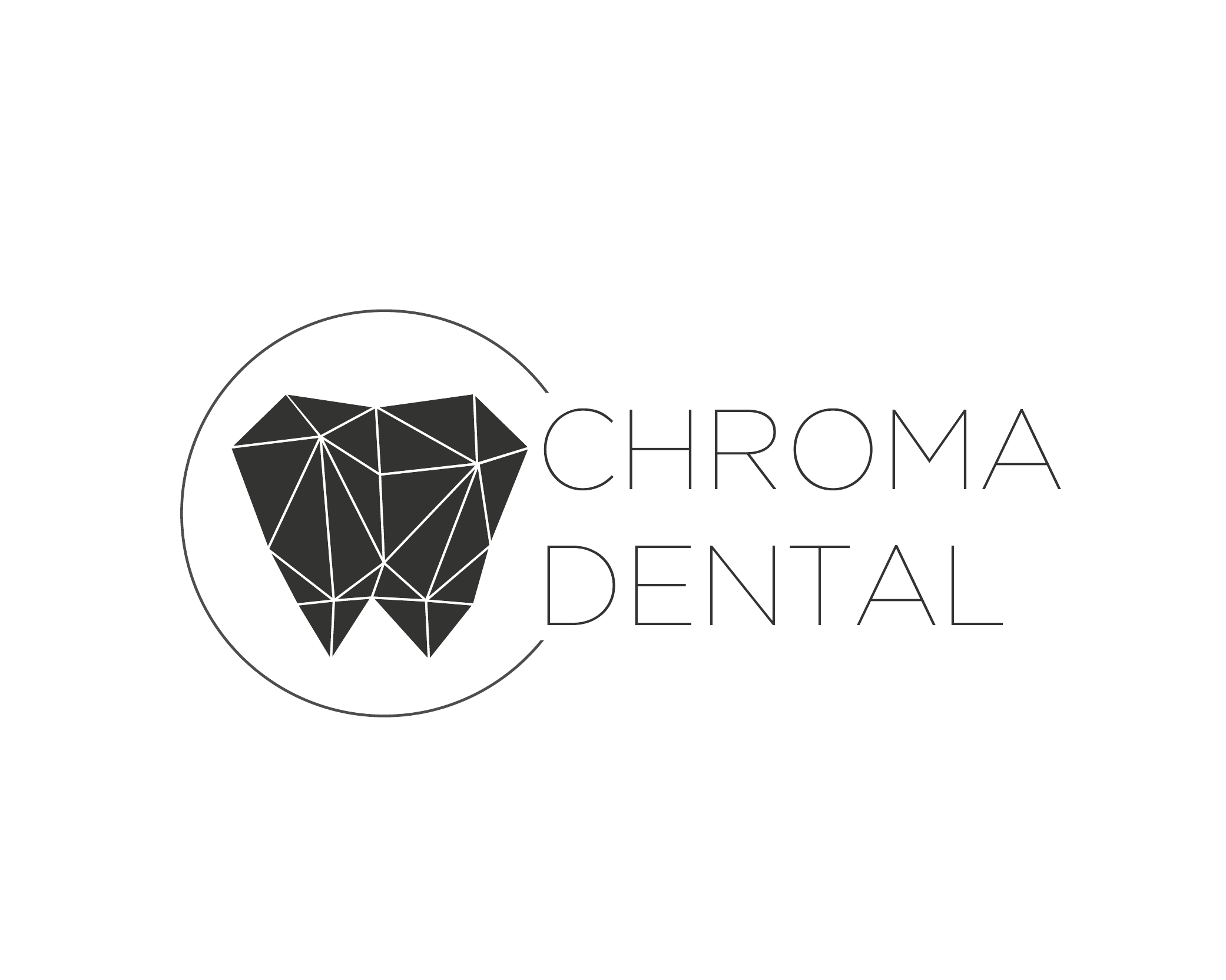Digital impressions are high-resolution, three-dimensional scans of the teeth and surrounding oral tissues captured with an intraoral optical scanner. Instead of packing a tray with impression material and waiting for it to set, the clinician moves a small, wand-like scanner around the mouth to collect thousands of data points. Those points are then assembled into a precise digital model that represents tooth shape, bite relationships, and soft-tissue contours.
These digital models serve as the foundation for a wide range of restorative and cosmetic treatments, from crowns and inlays to implant abutments and veneers. Because the information is captured electronically, the model can be reviewed immediately, refined on the spot, and sent to lab technicians or a chairside milling unit with a single click. That immediacy transforms how treatment is planned and executed.
For patients and clinicians alike, the shift from analog to digital impressions reduces guesswork and streamlines communication. The visual nature of the scan also helps patients understand their condition and proposed treatments more clearly, fostering confidence and shared decision-making in the treatment process.
The scanning appointment is typically shorter and less invasive than a conventional impression visit. After a brief explanation and a quick check to ensure the mouth is dry and free of debris, the clinician guides the scanner along the dental arches while the device captures continuous images. Most scans take only a few minutes per arch, and clinicians can pause to correct any areas that need additional detail.
One immediate benefit patients notice is comfort: there’s no need to tolerate the gag-inducing trays or the taste and texture of impression putty. Because the scan is displayed in real time on a monitor, both patient and clinician can watch the model build up onscreen, making it easier to identify and address concerns before the patient leaves the chair. Any minor rescanning is done instantly rather than repeating an entire impression appointment.
After the scan, the digital file is reviewed and—if needed—adjusted in specialized software. The dentist can then use that same file to design restorations, communicate with a dental laboratory, or send instructions to an in-office milling machine. For patients, this means fewer appointments, fewer surprises, and a clearer timeline for treatment completion.
Comfort is a common reason patients appreciate digital impressions. The process eliminates the pressure and mess associated with traditional impression materials, which can be particularly helpful for people with strong gag reflexes, small mouths, or dental anxiety. Scanning is non-contact and gentle, which contributes to a calmer, more controlled visit.
From a safety perspective, digital workflows reduce the handling and shipping of physical materials, lowering the risk of distortion or contamination. Digital files are stored securely and can be duplicated or backed up without sacrificing accuracy, supporting long-term treatment planning and future restorative work. The result is a cleaner, more consistent process that places patient comfort and safety at the forefront.
Clinicians can also use the digital scans as educational tools. High-quality 3D images make it easier to explain tooth wear, restorative options, or periodontal concerns in a way patients can visually grasp. That clarity encourages informed consent and allows patients to participate actively in shaping their care path.
One of the strongest advantages of digital impressions is the seamless handoff between the dental office and the dental laboratory. Digital files are transmitted electronically, eliminating postage delays and the risk of impression distortion during shipping. Laboratory technicians receive precise, standardized data that improves the fit of crowns, bridges, and other restorations while reducing the need for multiple try-ins.
Digital workflows also enable efficient collaboration. Both the clinician and the lab can annotate the same model, share measurements, and propose adjustments in real time. This collaborative approach shortens turnaround time and decreases the number of adjustments required at the try-in appointment, helping treatments move forward with greater predictability.
For practices equipped with chairside CAD/CAM systems, digital impressions make same‑day restorations a practical option. Scans are fed directly into design software, a restoration is milled or printed in-office, and finishing touches are completed while the patient waits. This capability can be especially meaningful for busy patients who prefer consolidated care and fewer visits overall. At Chroma Dental, we leverage digital scanning to integrate laboratory expertise and in-office solutions for smoother treatment delivery.
Digital impressions offer a level of precision that supports long-term restorative success. The high-resolution data captures fine anatomic detail—margins, occlusal contacts, and soft-tissue relationships—that are critical for restorations that fit well and function properly. That accuracy translates into fewer remakes and adjustments, conserving chair time and improving clinical outcomes.
Beyond immediate restorations, digital scans create a durable, retrievable record of a patient’s dentition. These records can be referenced for future treatments, monitored for changes over time, or used in digital smile design and surgical planning. As restorative technology continues to evolve, digital impressions will remain a central element of a modern, evidence-based workflow.
While no single technology is a cure-all, digital impressions are proving to be a practical and patient-friendly tool that enhances communication, reduces procedural friction, and supports predictable results. Our team at Chroma Dental combines digital scanning with clinical expertise to design restorations that meet both functional and aesthetic goals.
Summary
Digital impressions replace messy, time-consuming analog impressions with fast, accurate, and patient-friendly scanning. They streamline communication with dental laboratories, support same‑day restorations when appropriate, and provide a precise, long-term record for treatment planning. The result is a more comfortable experience for patients and a more predictable workflow for clinicians. Contact us to learn more about how digital impressions may benefit your care.
